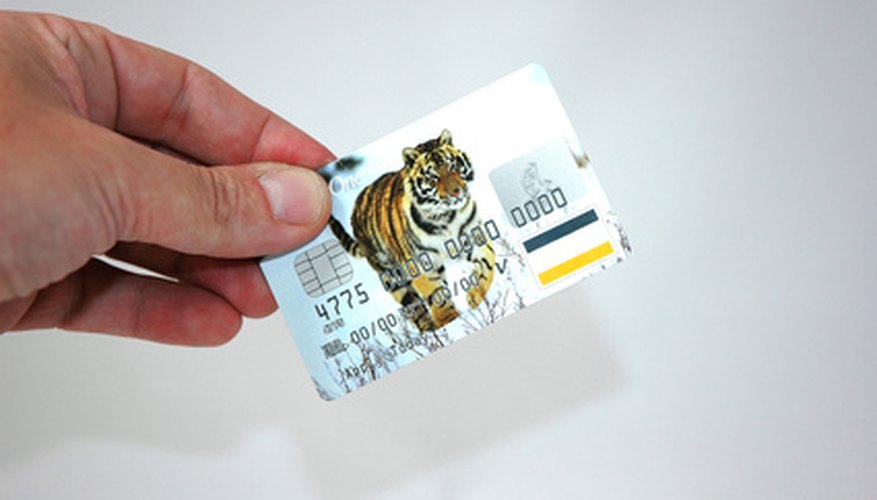There is a lot of sensitive information exchanged through credit card transactions, which is why the Fair and Accurate Credit Transaction Act of 2003 was created. Part of FACTA included rules on what kind of credit card information merchants were required to print and hide on transaction receipts. The Federal Trade Commission and federal financial agencies have jurisdiction in implementing and enforcing FACTA.
Electronic Receipts
As part of FACTA, all merchants are required to truncate account information shown on electronically printed receipts for purchases made with a credit card. No more than the last five digits of a credit card number may appear on the receipt. The rest of the digits must be deleted and are often represented on the slip by stars. This is done so in the event a receipt is lost or stolen, the person who comes into possession of it cannot determine the rest of the numbers and use the credit card information for fraudulent transactions.
- As part of FACTA, all merchants are required to truncate account information shown on electronically printed receipts for purchases made with a credit card.
- No more than the last five digits of a credit card number may appear on the receipt.
Handwritten Receipts and Imprints
When a merchant issues a handwritten receipt or a copy of the card for a credit card transaction, it is not required to truncate the card numbers. This is because the merchant will need to use the written information to process the payment at a later time. Also, the truncation rule only applies to copies of a receipt given back to the customer at the point of sale. Transaction records that are retained by the merchant do not have to censor any credit card data.
- When a merchant issues a handwritten receipt or a copy of the card for a credit card transaction, it is not required to truncate the card numbers.
Other Credit Card Information
A credit card receipt must also delete the credit card's expiration date. The card verification value code on the back of the credit card near the signature area is are not allowed to appear on the receipt as the CVV numbers are not necessary for in-store transactions. The card type, such as Visa or MasterCard, as well as the cardholder's name, may be printed on the receipt, but is not required information.
Additional Required Information
A cardholder must sign a copy of the receipt to be retained by the merchant, but he is not required to sign his own copy. Additionally, a receipt must state the name of the merchant, as well as address and phone number. A list of the items purchased and their prices with all applicable taxes must be included, and the date, time and transaction number of the purchase must be shown as well.
